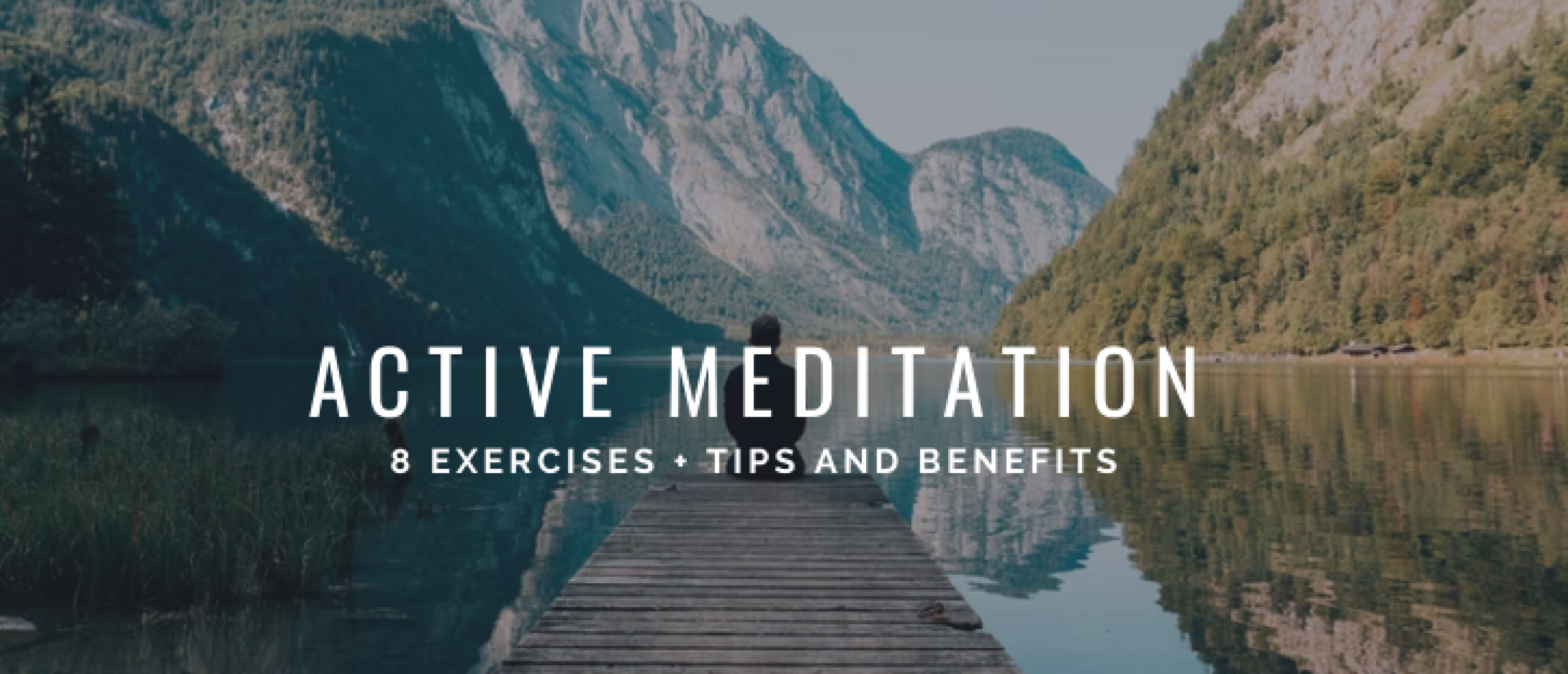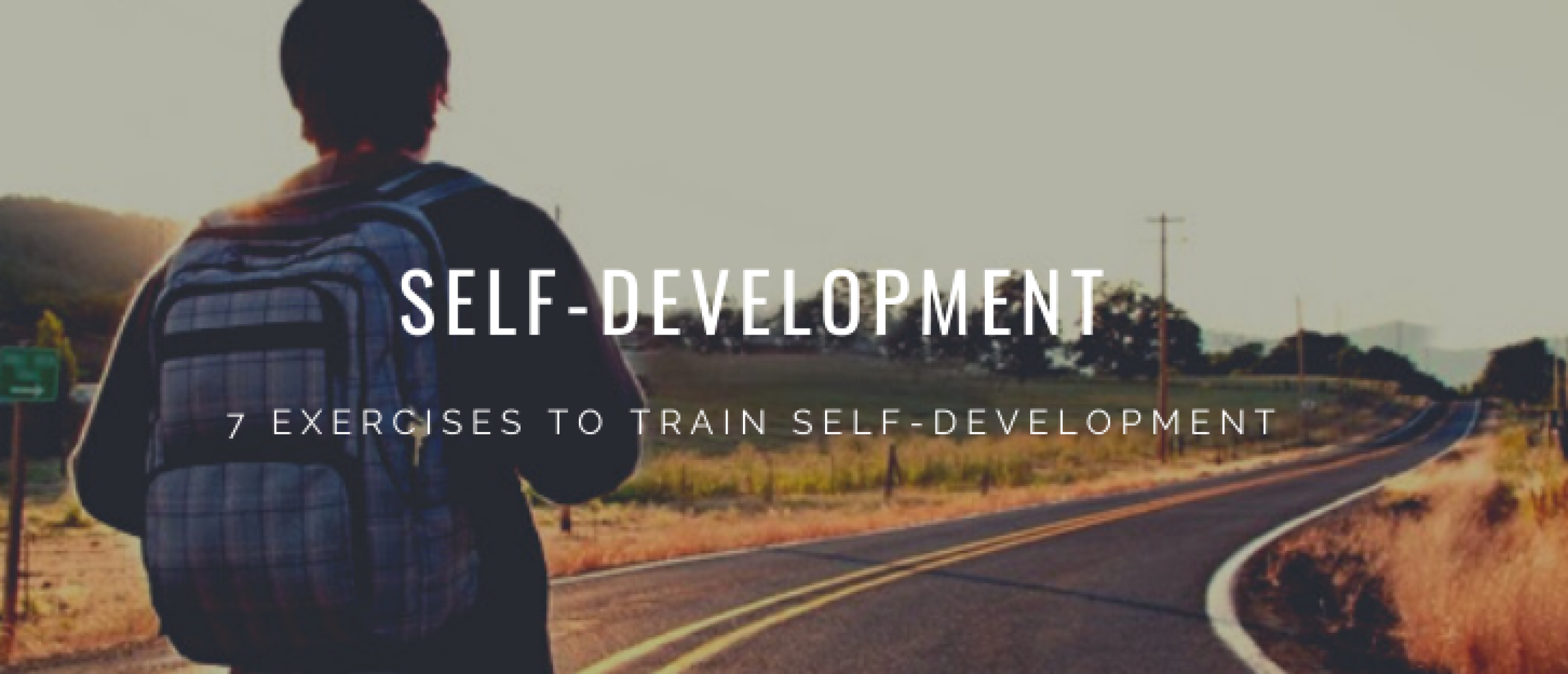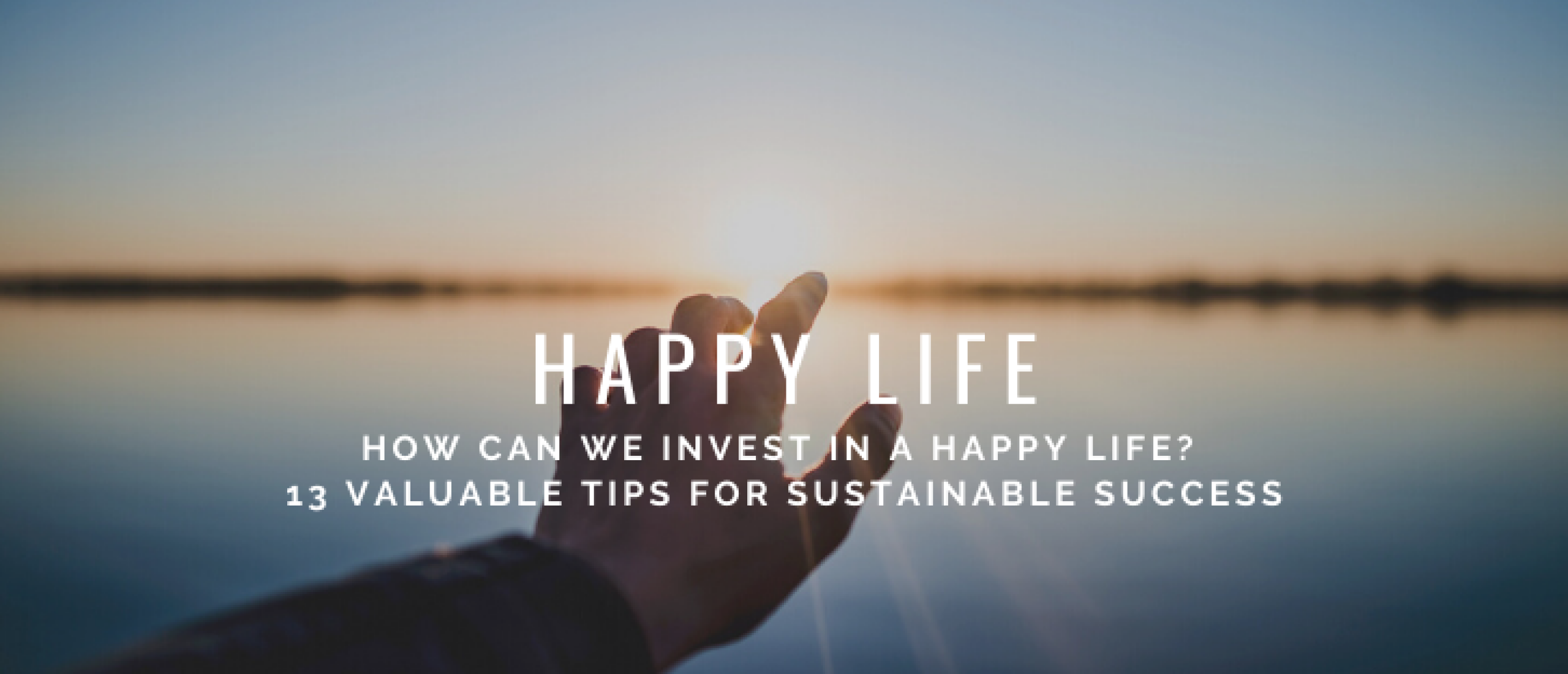What is active meditation? What does it give you and how do you practice it? In this article you will read all about active meditation for beginners. With exercises and tips to make a good start yourself. As a Happy Investor, this can really contribute to a happier life. It ensures that we enjoy the little things in life more. And what good is all this financial freedom if you don't enjoy it 😉 .
What is active meditation?
Meditation is an ancient practice whose purpose is to achieve a state of detached observation or mindfulness. Ancient civilizations thought that meditation allowed them to experience higher states of consciousness.
Currently, meditation is accessible to everyone, and many people use it to improve their mental health, relieve stress, and calm their minds.
Most meditation techniques involve sitting still and paying attention to something specific, like your breath or a mantra. However, some people find it hard to sit still for extended periods. For this reason, active meditation is an alternative to conventional meditation.
Active meditation is meditation in movement. It is about focusing on what you are doing right now, how your body feels, or what is happening around you. It shares many of the benefits of conventional meditation.
What are the benefits of active meditation?

Active meditation has many benefits for well-being and even personal development. It has the same benefits like any other kind of meditation form:
1. It helps you reduce stress
Meditation is one of the best ways to release tension and stress. A study of over 3,500 adults showed that regular meditation was effective to reduce stress, and you can reap the benefits by practicing meditation for just a few minutes.
2. You can meditate anytime, anywhere
One of the best things about active meditation is that you can do it at any time. You can be working and meditating at the same time. It is about the state of focus, and you can achieve that anywhere, it just takes some practice. Incidentally, this focus also leads to more personal growth because you can perform activities more consciously and with greater concentration.
3. Increased self-awareness
Mostly, it is hard to pay attention to everything we think, feel, and do. Sometimes we have negative thoughts or do harmful things to ourselves and others without realizing it. Active meditation helps you become aware of yourself, and start changing those negative patterns into healthier ones.
4. It reduces the symptoms of anxiety
A study showed that the participants reported less severe symptoms of panic disorders, social anxiety, and obsessive-compulsive thoughts after eight weeks of practicing mindfulness meditation.
5. Better sleep
A 2015 study compared sleep readiness and patterns in two groups: those who meditated and those who did not. In comparison to the control group, the meditation group fell asleep faster and spent less time awake during the night.
6. It prepares you for other types of meditation
For some, meditation is easy. For other people, it feels impossible to sit still without thinking. Of course, for most people, it takes some practice to relax their minds and bodies. Active meditation is a great practice for beginners because it increases mindfulness and the ability to focus.
Once you get used to focusing on one thing at a time, sitting in meditation will be no problem.
7. It makes you see life differently
When you start to practice active meditation more frequently, it slowly improves your awareness of everything surrounding you. It's like time pauses for an eternal second. In this sense, you are more relaxed and see things more objectively.
You stop being so attached to things and release the need for control. You start to accept things as they come and enjoy life as it is. Connecting with this state also motivates you to become a better person and see the different ways you can serve others.
It makes you wiser and happier in every sense.
How do I apply active meditation? 5 Tips and exercises
Practice of active meditation is learning by doing. We will give you 5 tips and exercises to get started with active meditation. Just do it on in your own way. If it works, it works for you.
Tips on how to start practicing active meditation
Some practical tips to begin with active meditation.
Look for a quiet place and a specific time for your practice
You can practice active meditation at any time and place. But as a beginner, you may want to practice it in the best conditions possible.
For example, let's say you want to practice active meditation, but you are in a rush because you have to get to work in 15 minutes. If that's the case, it would be difficult for you to immerse yourself in the practice.
The same applies to the place. Try to choose a quiet place with limited distractions. For example, If you are in your living room with your family or roommates, they may distract you. You may want to choose a place where you can be alone and feel comfortable.
Do it every day
You can only reap the benefits. If you are persistent with the practice. Also, it's easier to do it every day if you separate a specific time of the day to meditate.
Remove all distractions
Turn off your phone and the TV, stop answering calls and don't do anything else. Be fully immersed in what you are doing. If you have a lot of distractions around you, you will find it hard to reach a meditative state.
Start with something you enjoy doing
Again, If you are a beginner, choose an activity that you like. In this article, you will find a list of activities that you can start with.
Focus
The main principle of this practice is to focus on something specific. If you start thinking about anything else, like the task you have to do next, always redirect your attention to the present.
Implementing active meditation in your life

Here are some activities that you can do to practice active meditation.
Walking
Most of the time, we are in a rush to get somewhere else. But what If we slow down for some minutes?
Walking can become a form of active meditation when you become conscious of every step. Don’t think about the destination. Instead, be fully aware of the process. Listen to your heartbeat, breathe consciously, and feel your whole body moving.
Coloring
Coloring books for adults are very popular nowadays. They are great ways to reduce stress and promote mindfulness.
However, coloring can also become a form of active meditation. Don’t stress over the results. Don’t worry about creating a masterpiece. Like other forms of meditation, this is just about the process. Don’t let thoughts about the future intrude on your mind.
Cooking
While cooking, try to put your attention on your bodily sensations. Pay attention to the scent or the color of the food or how the knife feels while you chop vegetables. Again, don't think. Just feel.
Gardening
Gardening is a very relaxing and fun activity. A simple task like repotting your plants can become a way to meditate. Become aware of every sensation, like when you touch the soil or the smell of the grass, and immerse yourself fully in the task.
Eating
We are used to eating while standing, checking the phone, watching TV, answering calls, or doing anything but eating. And usually, we rush to the next task.
Instead, why not make eating a mindful activity? Turn off your phone, remove all distractions, sit quietly, and enjoy the food. Chew slowly, look at the colors, feel the textures, the scents, the flavors.
Give yourself time to eat, and do it in a quiet space. Don't make it another task on your to-do list, but a ritual and a time to be with yourself.
Showering
Close your eyes and feel the water caressing your skin. Smell the shampoo and soap. Listen to the soothing sound of the water. If you want to take it one step further, imagine your worries being washed away.
Cleaning
Buddhist monks clean up the monastery for roughly twenty minutes after their morning prayers and meditation. The monks begin a cleaning task with no intention of ever finishing it. This practice is known as "Soji."
Soji is a type of meditation meant to expand the monks' mindfulness and possibly complete whatever was left unfinished during the morning meditation. The Soji is over when a monk rings a bell at the end of the prescribed twenty minutes, and the monks go on to whatever they're doing next, most frequently breakfast.
Cleaning your house does not have to be a tedious activity. Instead, you can see it as a way to clean your mind and emotions.
Exercise
Physical activity is one of the most popular forms of active meditation. It is an opportunity to be fully conscious of your body, notice each movement, and release tension and stress.
Some forms of physical activity are more compatible with active meditation for beginners. For example, walking, hiking, doing yoga, tai-chi, or qigong.








